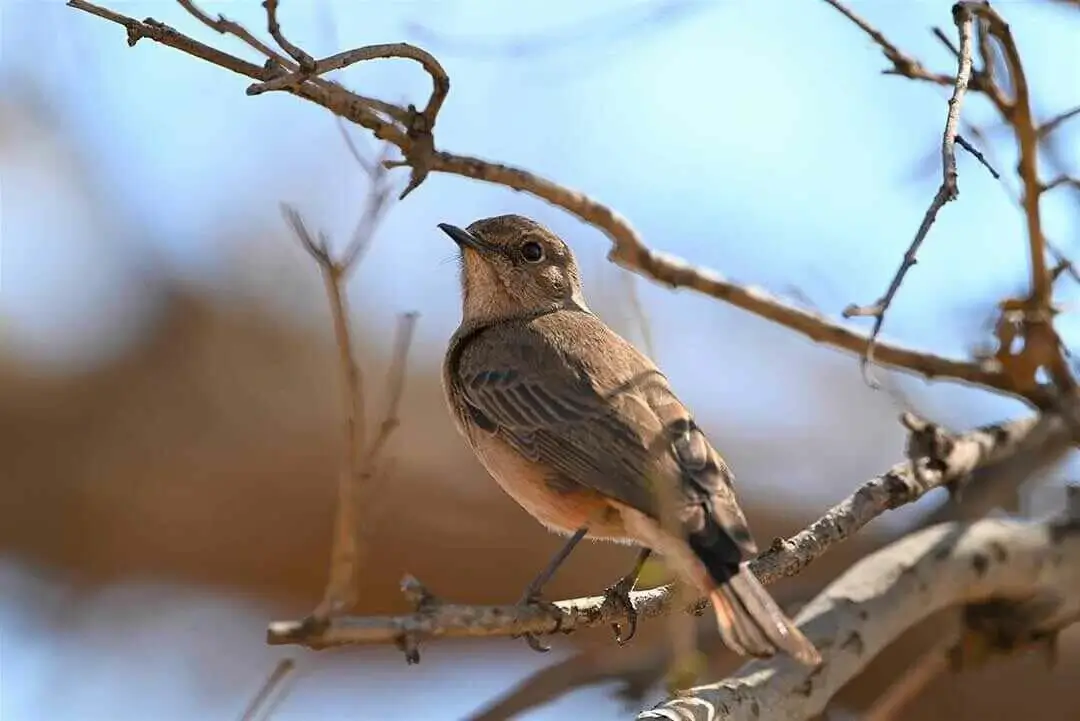
BIRDING AT
Lake Kivu

BIRDING AT
Lake Kivu

BIRDING AT
Lake Kivu

BIRDING AT
Lake Kivu
Lake Kivu is in Rubavu three and half hours North West of Kigali. Via Karongi it is three hours west of Kigali. Via Rusizi it is five and half hours south west of Kigali. A 4x4 not needed to reach major lakeside towns. A 4x4 is essential to explore the wider area. Various accommodation options at Rubavu (Gisenyi), Karongi (Kibuye) and Rusizi (Cyangugu/Kamembe).
The lake and the surrounding hotel gardens and vegetation are home to 301 bird species, including attractive species such as Double-toothed Barbet and Yellow-bellied Waxbill. The peaceful and tranquil Lake Kivu makes a welcoming stopover on a birding tour as well as being home to impressive numbers of White-breasted Cormorants, African Fish Eagle and Pied Kingfishers. The lucky birder may also observe Ospreys during their migration, diving into the lake after the plentiful fish.
A boat trip to Napoleon's Hat Island close to Karongi is recommended. This island is home to a very impressive colony of fruit bats and also has some good birdlife. Close to Lake Kivu is Rwanda's newest protected area, Gishwati-Mukura National Park. This park comprises two patches of high-altitude forest and is only a short drive from Rubavu and Karongi. There are currently extensive conservation efforts to restore the habitat between these important habitats. The forests hold good birdlife Gishwati 232 species and Mukura 163 species, including several Albertine Rift Endemics and montane forest specialists. Gishwati is also home to a troop of Chimpanzees, which are being habituated. Various tourism options will be available here in the near future.
Our Experts are ready to provide answers

Gishwati-Mukura National Park is located in west Rwanda, in the mountains above Lake Kivu. This is Rwanda's newest national park and currently the focus of extensive rehabilitation efforts. The forests hold good birdlife Gishwati, 232 species and Mukura 163 species including several Albertine Rift Endemics and forest specialists.
Read More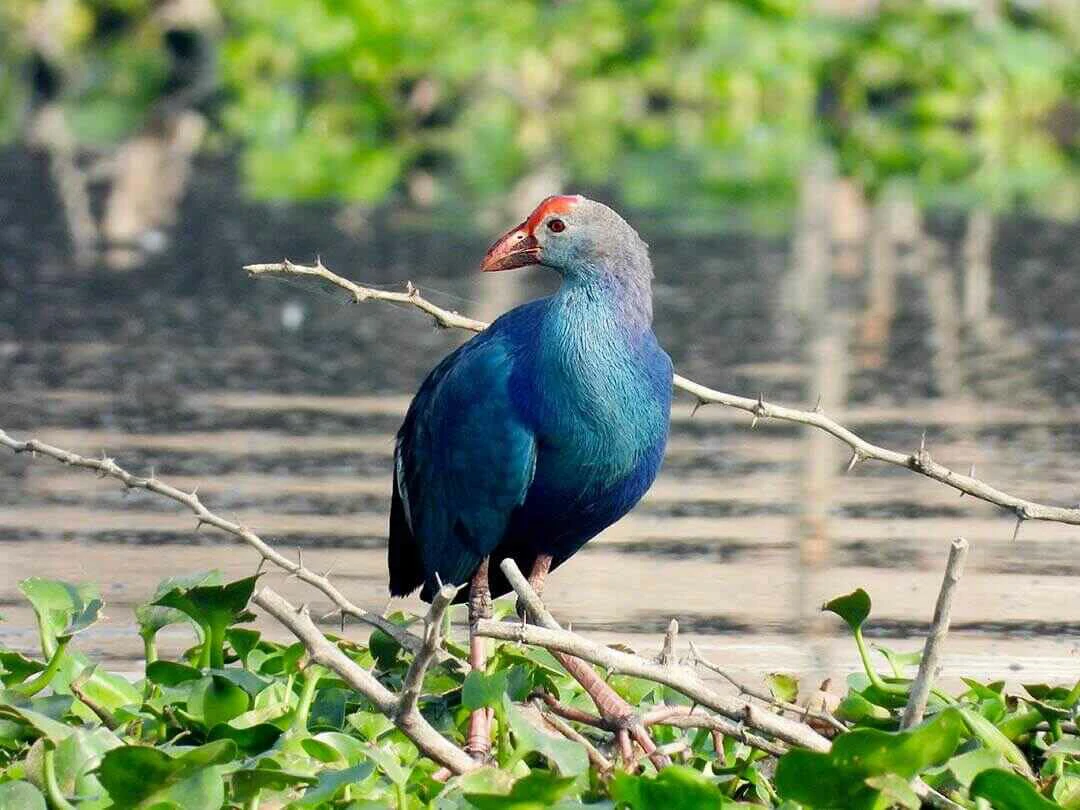
At least 16 bird species occur in Kakamega but nowhere else in Kenya, and another 30 (such as Psittacus erithacus) are probably now confined to this site. The grassy glades have their own distinctive avifauna, with many moist-grassland species that are now rare elsewhere in western Kenya. Regionally threatened species include Circaetus cinerascens (fairly common resident), Hieraaetus ayresii (relatively abundant),
Read More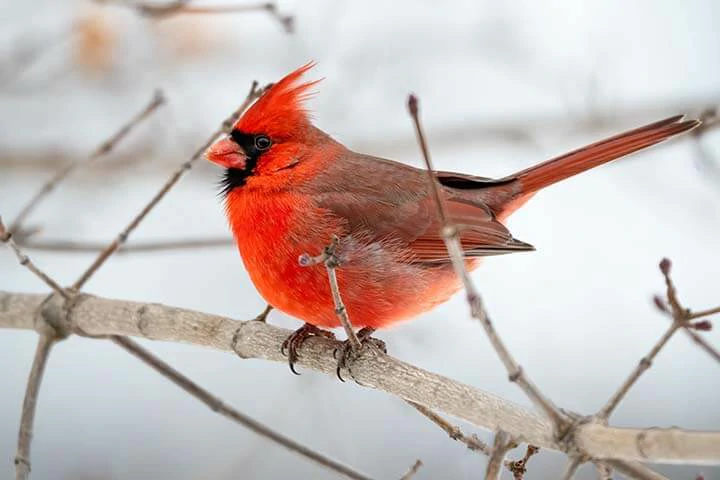
This is probably the world stronghold of Macronyx sharpei, a threatened Kenya bird endemic. The species is confined to grassland, preferring short-grass fields with tussocks, and in good habitat occurs at densities of 0.8 individuals/ hactares. Cisticola aberdare is thought to occur in the higher parts of the plateau, close to the Aberdare mountains,
Read More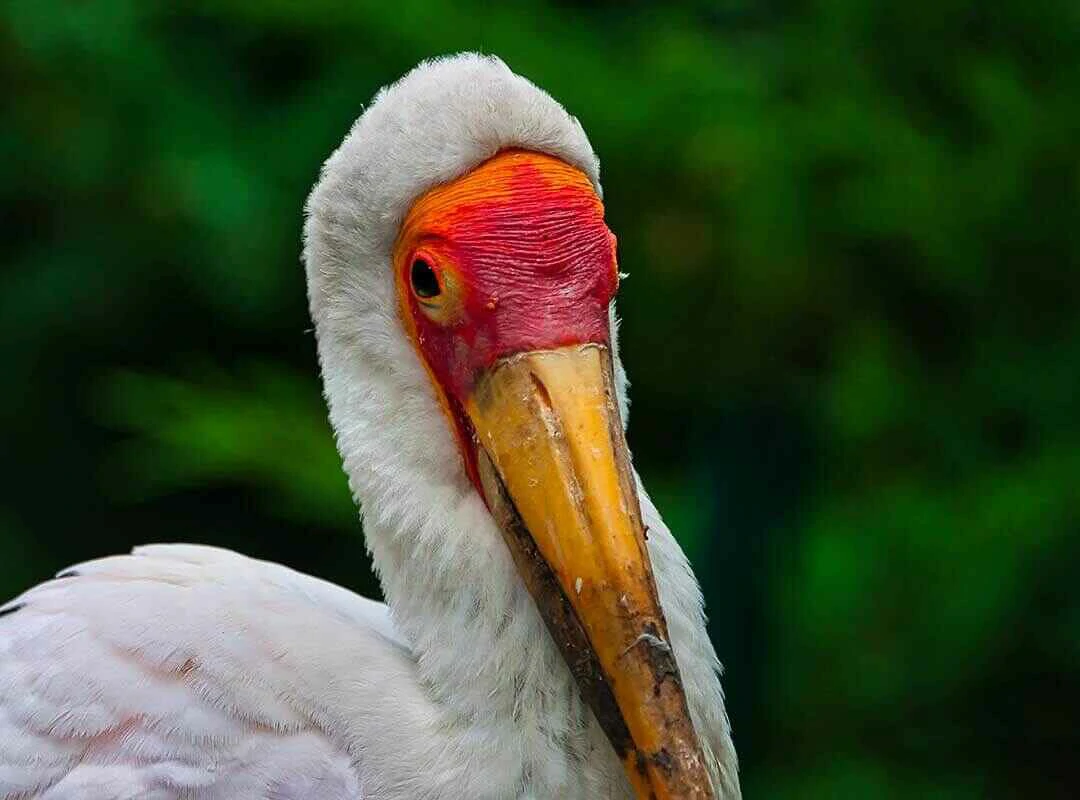
Lake Elementeita is home to 13 globally threatened bird species and some of the highest bird diversities in the world. Due to the assemblage of various birds of conservation concern, such as the threatened, range-restricted Grey-crested Helmet-shrike nearly threatened which occurs in the surrounding woodland where it may be resident.
Read More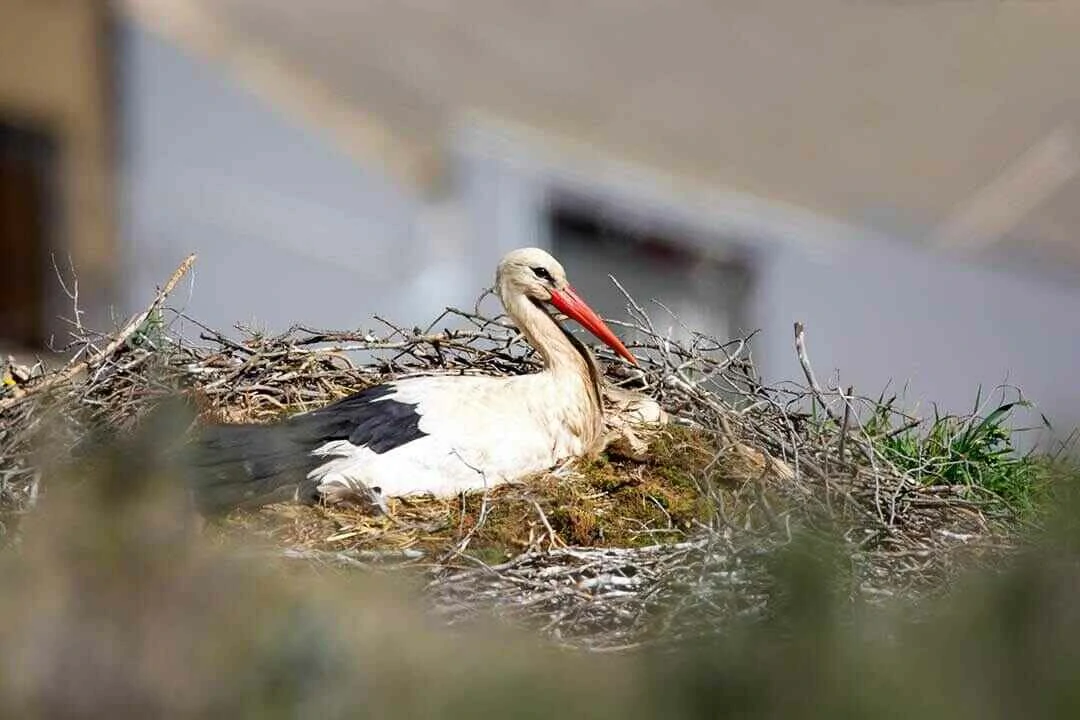
The extensive network of tracks within the park allows birders to visit the many lakes, swamps, hills, grasslands and woodlands to search for some of the parks special birds including, Red-faced Barbet (localized to the Lake Victoria Basin), Papyrus Gonolek, White-winged Warbler and African Finfoot. With luck you might also see the enigmatic Shoebill amongst the papyrus.
Read More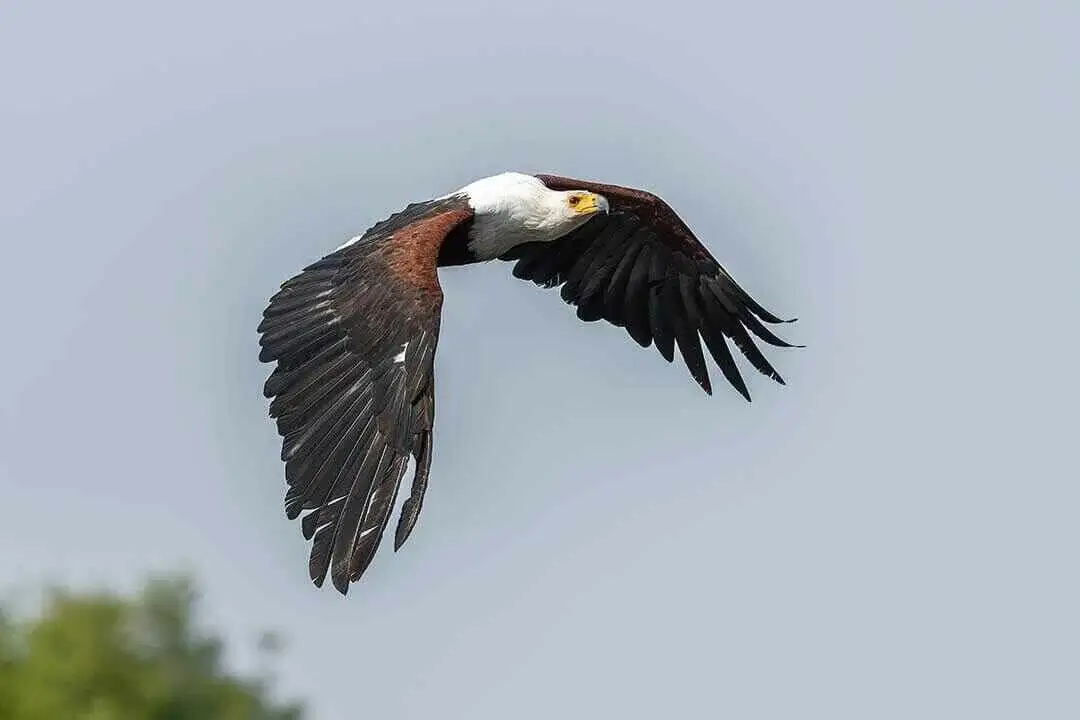
Lake Naivasha and its surrounding harbour numerous bird species that include kingfishers, pelicans, great cormorants, fish Eagles, Pelicans, Grey-backed fiscal, hawks, cuckoos, woodpeckers, shrikes, Cape Teal, Pied Avocet, Black Heron, Goliath Heron, Maccoa Duck, Great White Pelican, Common Greenshank, Ruff, Green Sandpiper, Hilderbrandt's Francolin, Arrow-marked Babbler, African Fish Eagle.
Read More